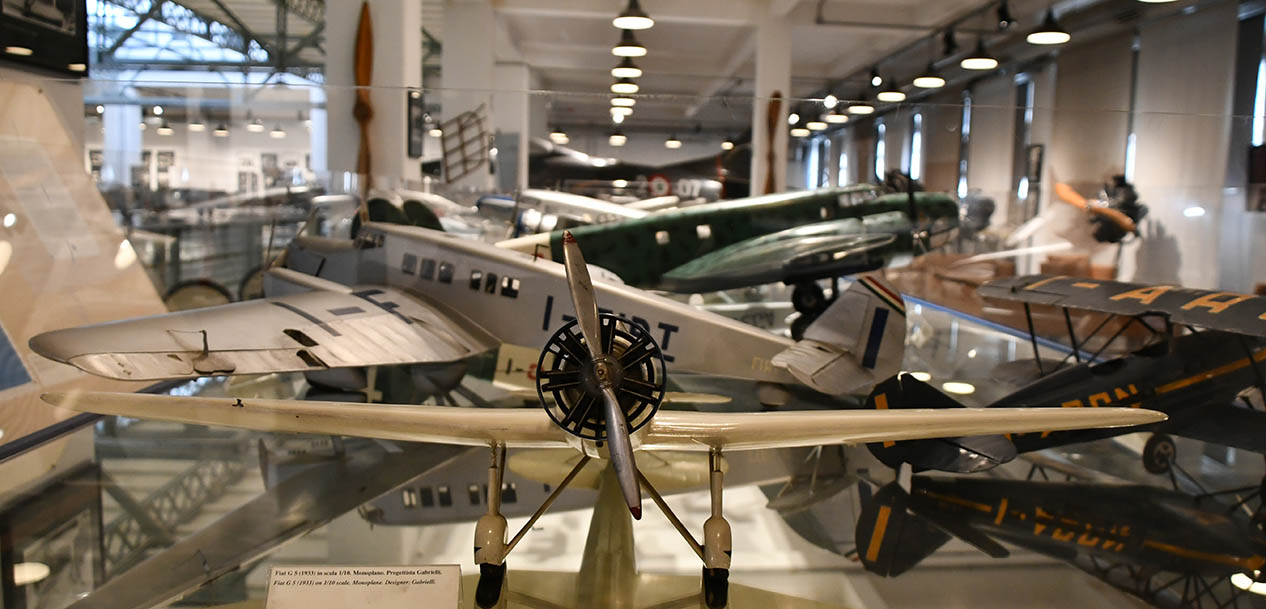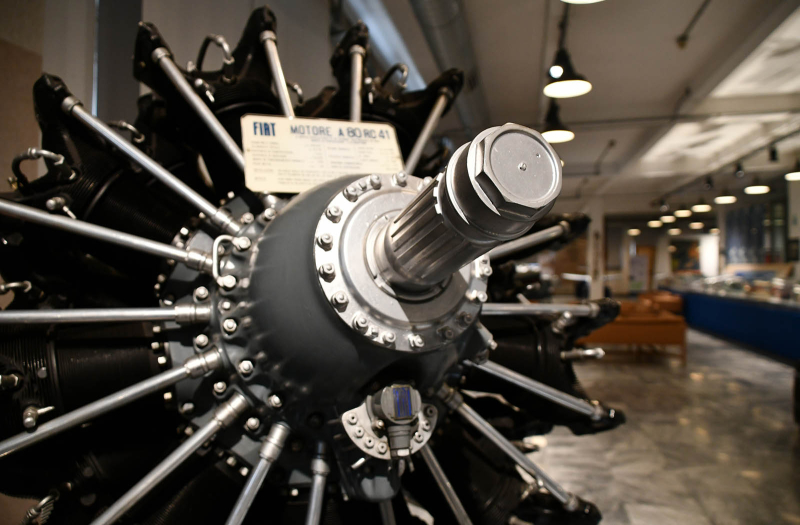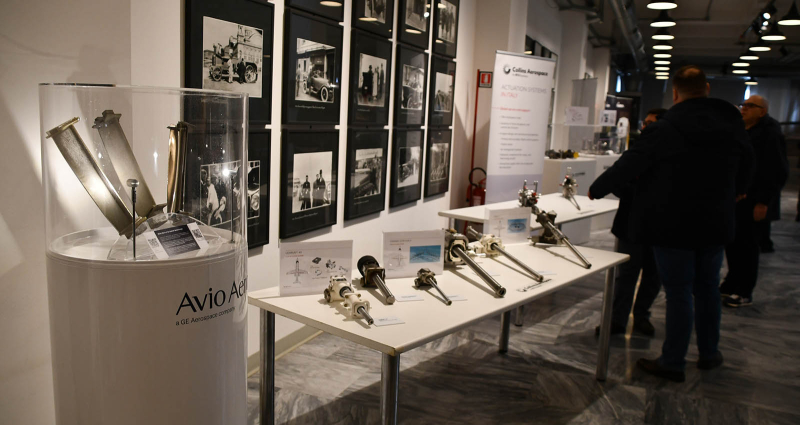Culture
The Piedmont heritage of innovation
Piedmont’s universities and industry present the history of aeronautics from its origins to the present day in an exhibition in Turin paying tribute to the Italian Air Force 100 years.
Feb 2024
Turin and Piedmont have been at the center of the aviation industry, from 1908 to the present day. The story begins a full 15 years before the founding of the then Royal Italian Air Force and only five years after the Wright brothers’ flight. This beginning coincided with the start of production of the SA 8/75, the first aircraft engine derived from an automotive engine. This was followed the next year, in 1909, by the flight of Aristide Faccioli’s aircraft, which was the first aircraft designed and manufactured entirely in Italy.
The whole Piedmont region has had, and continues to have, a prime, leading role in the aerospace industry, both in Italy and globally. This is thanks to the presence of large companies, together with a solid, competent, and advanced network of SMEs and research centers, and above all over 100 years of collaboration between the universities of Turin and Piedmont industry. This collaboration has enabled the emergence and development of a unique knowledge base, inventiveness, organizational capacity, and production skills.
This is the story told in the exhibition which opened on February 20 in the evocative setting of the Fiat Historical Archives on Via Chiabrera in Turin. The exhibition itinerary guides visitors through more than 115 years of Piedmont’s aerospace industry history. The exhibition, open to the public from Sunday to Tuesday until March 26, was organized by Fondazione AMMA, with the collaboration of the Polytechnic University of Turin, the University of Turin, the SMEs and the major companies in the region, including Avio Aero, Leonardo, Collins Aerospace, and Thales Alenia Space - all of whom have enriched the exhibition with their own historical exhibits. The initiative is advocated by the Piedmont Regional Council and is also part of the program Turin, Capital of Enterprise Culture 2024.
At the entrance to the exhibition, we find the FIAT 3½ HP automobile of 1899, which marks the birth of the metalworking industry and symbolizes the start of a season of incredible scientific and technological development, connecting the end of the 19th century with the advent of the 21st, from roads to space.
The exhibition is connected to the centenary celebrations of the founding of the Italian Air Force, which right from the start made use of the innovative capacity and production force located in Piedmont. The exhibition particularly focuses on the last century, remembering the technological and scientific roots, the academic and experimental equipment, and the qualities of women and men in the factories that made it all possible.
The exhibition itinerary starts with the origins of what was to become the aviation industry and the first studies related to flight. Developments related to aerodynamics and construction techniques, the preparation and training of aviators, and the origins of aerospace medicine are also presented.
Alongside this narrative, visitors will be able to see developments involving materials and manufacturing machinery, with a specific focus on current and future technologies, such as additive manufacturing (also known as metal 3D printing). These technologies are changing the way engines are being designed and manufactured, as well as aircraft, and the related components which are currently flying and will fly in the years to come.
The Turin exhibition has a twofold significance: it allows us to take a look at the region’s aerospace industry, highlighting its enormous historical value, but it also allows us to look to its future. All within an industry that is constantly, rapidly growing and developing technologically. A history of machines and technologies, but also and above all of people whose skills have shaped the very concept of aeronautics in Italy and will continue to shape the future of flight.









